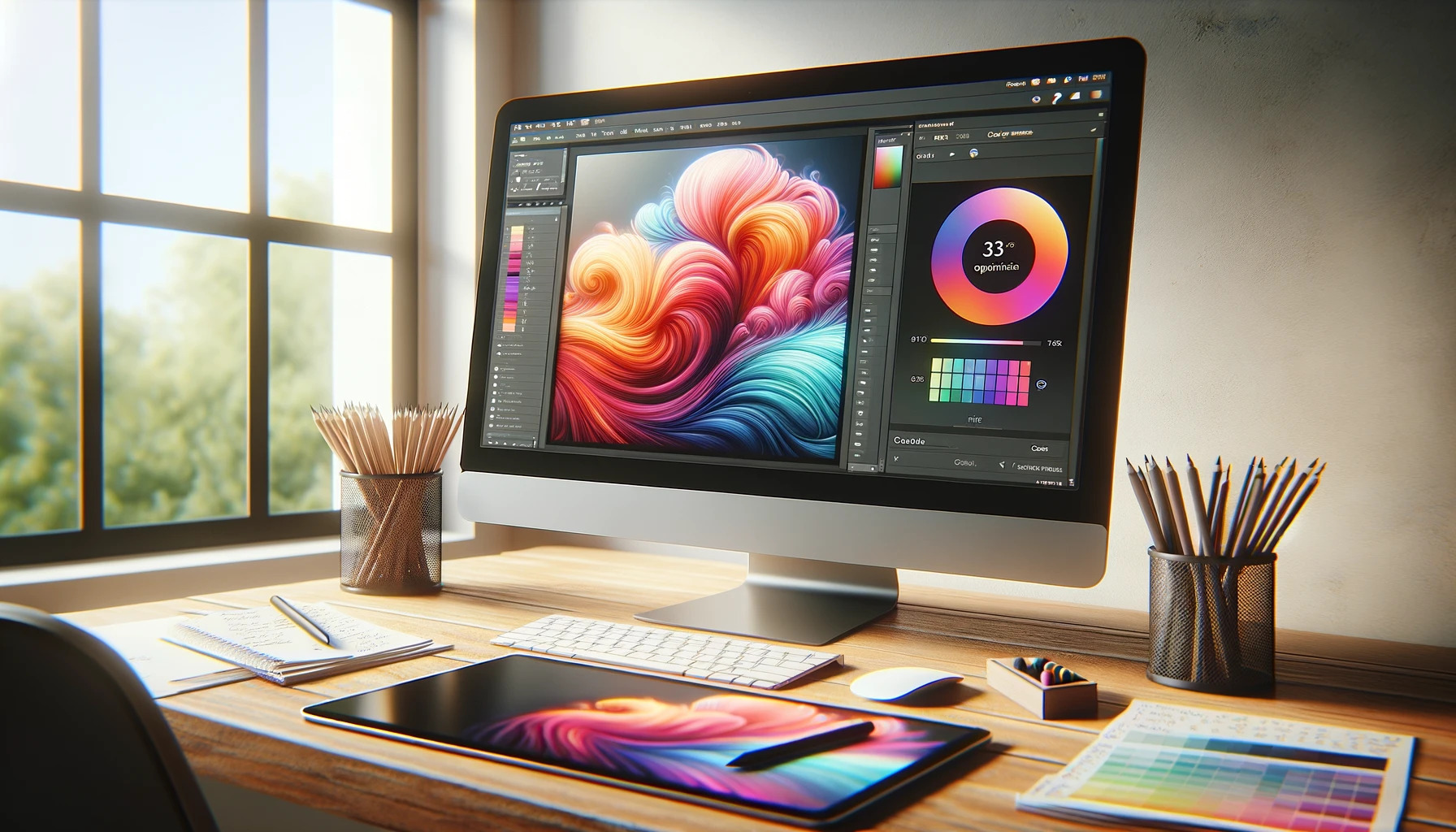Balancing File Size and Quality in PNG Images for Design
By Victor
Published March 25, 2024
 Balancing File Size and Quality in PNG Images for Design
Balancing File Size and Quality in PNG Images for Design
When delving into digital design, striking the right balance between file size and quality is a critical challenge, particularly relevant for PNG for designers. This format is favored for its lossless compression and ability to manage transparency, making it a staple in the designer's toolkit. Mastering the equilibrium between these elements is crucial not only for preserving the visual integrity of your designs but also for optimizing them for swift loading and efficient resource consumption. Throughout this article, we'll unveil strategies and insights to navigate this balance effectively, guaranteeing that your PNG images maintain high quality while remaining compact.
Understanding the Importance
Before exploring strategies, understanding the significance of harmonizing file size and quality in PNG images is essential, especially with the advent of PNG tools for designers. High-quality images are the cornerstone of impactful design, reflecting professionalism and meticulousness. Yet, bulky file sizes can decelerate website load times, affecting user experience and SEO standings. On the flip side, excessively compressed images might load swiftly but risk looking pixelated or blurred, detracting from the design's cohesiveness. With the emergence of PNG design trends emphasizing both aesthetics and performance, the objective becomes identifying the optimal balance where images dazzle visually while being efficiently sized.
Techniques for Balancing File Size and Quality
- Optimize Resolution: Start with the right resolution. For web use, a resolution of 72 DPI (dots per inch) is typically sufficient. Higher resolutions are necessary for print but only serve to increase file size on the web, with no improvement in visual quality on screens.
- Choose the Right Dimensions: Scale your images to the exact dimensions they will be displayed. Resizing images directly in HTML or CSS can result in unnecessary file size bloat without providing any benefit in terms of display quality.
- Color Depth Reduction: PNG images can store colors with a depth of up to 24 bits. By reducing the color depth, you can significantly decrease the file size without a noticeable drop in quality, especially for images that don't require a wide color range, such as icons or simple illustrations.
- Leverage PNG Compression Tools: Utilize tools and software designed to compress PNG files without sacrificing quality. Tools like TinyPNG or PNGGauntlet can drastically reduce file sizes by optimizing compression parameters and removing unnecessary metadata.
- Experiment with Dithering: Dithering is a technique that blends different pixels together to simulate intermediate colors. It can be particularly effective in reducing file size for gradient images, where instead of using a wide range of colors, dithering creates a visually similar effect with fewer colors.
- Utilize Alpha Transparency Wisely: One of PNG's standout features is its support for alpha transparency, which allows for smooth transitions between transparent and opaque areas. However, this feature increases file size. Use it judiciously, especially when dealing with simple images where less complex transparency methods can suffice.
- Batch Processing: When working with multiple images, batch processing tools can apply optimization settings across a large number of files simultaneously. This ensures consistency and efficiency, saving both time and ensuring that all your PNG adhere to your file size and quality standards.
- Manual Tweaking: Sometimes, automatic tools might not achieve the perfect balance for every image. Manual tweaking allows for the adjustment of compression settings on a case-by-case basis, ensuring optimal quality and file size for particularly tricky images.
- Quality Testing: Before finalizing your images, conduct quality testing on different devices and screen resolutions. This helps ensure that your optimization efforts provide a universally positive experience, regardless of how or where your image is viewed.
- Educate Yourself on PNG Features: Understanding the capabilities and features of the PNG format can help you make informed decisions when optimizing your images. This includes knowledge of things like interlacing, which can make images appear more quickly in a lower quality form before fully loading.
Practical Applications and Benefits
Applying these methods not only elevates the visual appeal of your creations but also boosts their functionality on diverse platforms. Adhering to best practices using PNG for image optimization leads to quicker website loading times, thereby enhancing user experience and possibly boosting search engine rankings. Moreover, achieving a harmonious balance between file size and image quality significantly influences engagement levels and viewer retention in digital marketing.
Furthermore, the judicious use of free PNG images that are already optimized can save time and resources during the design process. These resources can be a boon, especially when under tight deadlines or working within the constraints of a strict budget.
Conclusion
Balancing file size and quality in PNG images is an art that every designer must master. It requires a blend of technical knowledge, practical skills, and a bit of experimentation. By applying the strategies outlined above, designers can ensure their PNG images strike the perfect balance between being visually stunning and efficiently sized. This not only enhances the aesthetic appeal of their work but also ensures optimal performance, whether the images are used on websites, in digital media, or as part of a user interface design. Remember, in the world of digital design, both beauty and efficiency are paramount.